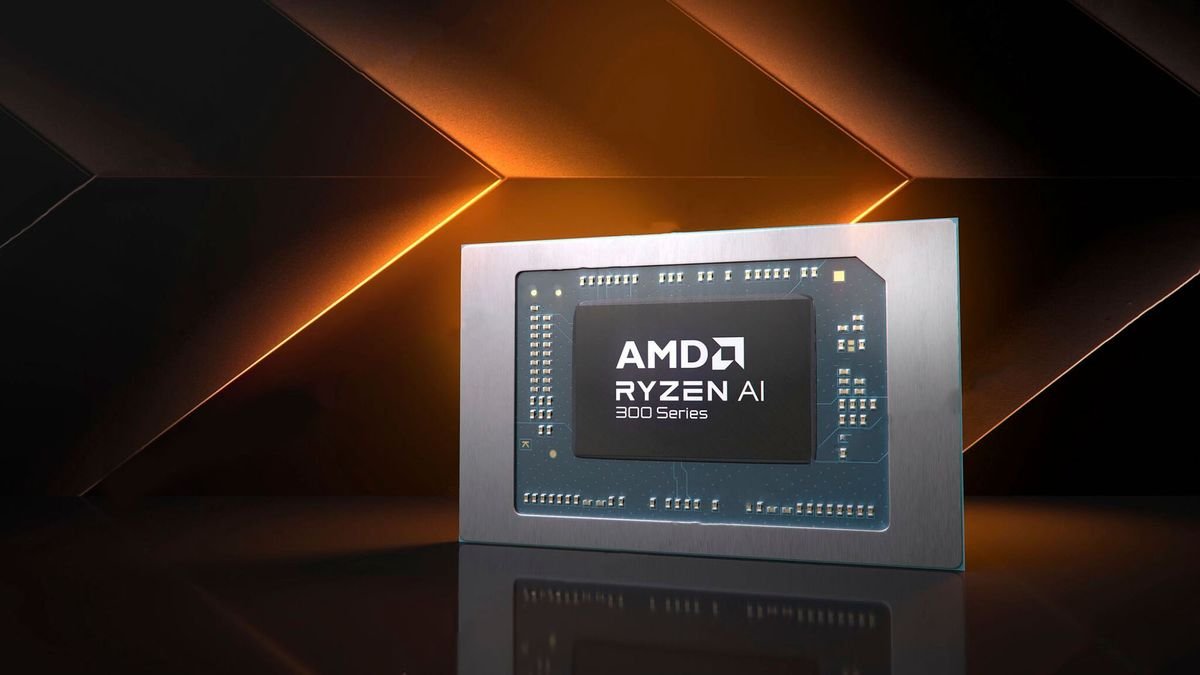The Evolution of AI-Integrated CPUs: A Game Changer for Computing

In recent years, the integration of Artificial Intelligence (AI) capabilities directly into central processing units (CPUs) has marked a significant evolution in computing technology. This advancement enables more efficient and powerful on-device AI processing, enhancing performance across various applications, from gaming and content creation to professional workloads and AI-driven automation.
The Rise of AI-Integrated CPUs
AMD's Ryzen AI Processors
AMD has been at the forefront of integrating AI capabilities into CPUs, combining dedicated AI engines, AMD Radeon graphics, and Ryzen processor cores to deliver robust AI functionality. A notable example is the AMD Ryzen AI 5 340 processor, introduced in January 2025. This mobile processor features a 6-core configuration utilizing the Zen 5 architecture and operates at a base frequency of 2.0 GHz, boosting up to 4.8 GHz. It includes 8 MB of L3 cache and is built on a 4 nm process.
The integrated AMD Radeon 840M graphics engine operates at 2900 MHz, supporting DirectX 12 and DisplayPort 2.1. Most importantly, the Ryzen AI 5 340 incorporates an XDNA2 neural processing unit (NPU) capable of delivering up to 50 TOPS (trillions of operations per second) for AI inference tasks, enabling efficient on-device AI processing. AMD’s AI-enabled chips aim to support applications such as real-time video enhancement, generative AI tools, and voice recognition without requiring cloud-based computing. (Source: AMD)
Intel's Core Ultra Processors
Intel has also made strides in AI integration with its Intel Core Ultra processors, designed to support AI-driven applications that enhance productivity, security, collaboration, and creativity. These processors feature built-in neural processing units (NPUs) optimized for AI workloads, reducing reliance on cloud-based solutions and improving data privacy. The Core Ultra lineup is particularly aimed at AI-enhanced workflows, such as real-time transcription, adaptive performance tuning, and intelligent power management. (Source: Intel)
Advantages of AI-Integrated CPUs
The fusion of AI capabilities within CPUs offers several key benefits:
Enhanced Performance – Dedicated AI hardware accelerates complex computations, improving the efficiency of AI applications such as image processing, voice recognition, and predictive analytics.
Energy Efficiency – On-device AI processing reduces reliance on cloud computing, leading to lower latency and improved power efficiency. This is particularly beneficial for laptops and mobile devices, where battery life is a priority.
Improved Security & Privacy – Local AI processing minimizes the need to send sensitive data to cloud servers, reducing the risk of data breaches and enhancing security.
Optimized Workflows – AI-powered features such as background noise cancellation, auto-captioning, and dynamic power scaling improve user experience across various productivity and creative applications.
Challenges & Disadvantages of AI-Integrated CPUs
While AI-driven CPUs present significant advancements, they also come with a few challenges:
Increased Manufacturing Costs – AI integration requires additional silicon real estate and specialized circuits for NPUs, leading to higher production costs. This results in more expensive processors compared to traditional CPUs.
Software Optimization Hurdles – While AI hardware is advancing, many applications and operating systems are still adapting to leverage AI acceleration efficiently. Developers need to optimize software to fully utilize NPUs.
Limited AI Performance Compared to Dedicated GPUs – While NPUs improve efficiency for AI inference tasks, they are not as powerful as dedicated GPUs or cloud-based AI accelerators, limiting their capabilities for high-end deep learning tasks.
The Cost of Manufacturing & Market Price Correlation
The integration of AI into CPUs increases manufacturing complexity and costs, leading to higher retail prices. For instance, AMD’s Ryzen AI 5 340 is expected to be priced higher than previous non-AI Ryzen 5 models due to the inclusion of an NPU and advanced fabrication technology.
-
Manufacturing Costs: AI-capable CPUs require more transistors, increasing wafer production expenses at foundries like TSMC and Samsung. With 4 nm and 3 nm fabrication nodes becoming more expensive, the cost per chip rises significantly.
-
Market Pricing: While AI-integrated CPUs come at a premium, their price-to-performance ratio is improving. AMD and Intel position these chips as long-term investments for AI-enhanced applications, making them attractive for both professional and consumer markets.
Future of AI in CPUs
As AI continues to shape the computing landscape, the next generation of CPUs will likely feature even more powerful NPUs, better AI acceleration, and improved efficiency. The integration of AI into everyday computing tasks is no longer a futuristic concept but a reality shaping the next decade of innovation.
With Apple’s M-series chips, Qualcomm’s Snapdragon X Elite, and AMD/Intel AI-powered CPUs driving competition, the market is set to see rapid advancements in AI processing capabilities.
Final Thoughts
AI-integrated CPUs represent a major step forward in computing, offering improved efficiency, security, and AI-driven enhancements. While challenges remain in software optimization and cost, the potential benefits far outweigh the drawbacks. As AI adoption continues to expand, these processors will become a crucial component in PCs, gaming laptops, workstations, and edge computing devices.
The question isn’t if AI-integrated CPUs will dominate computing—it’s when.
